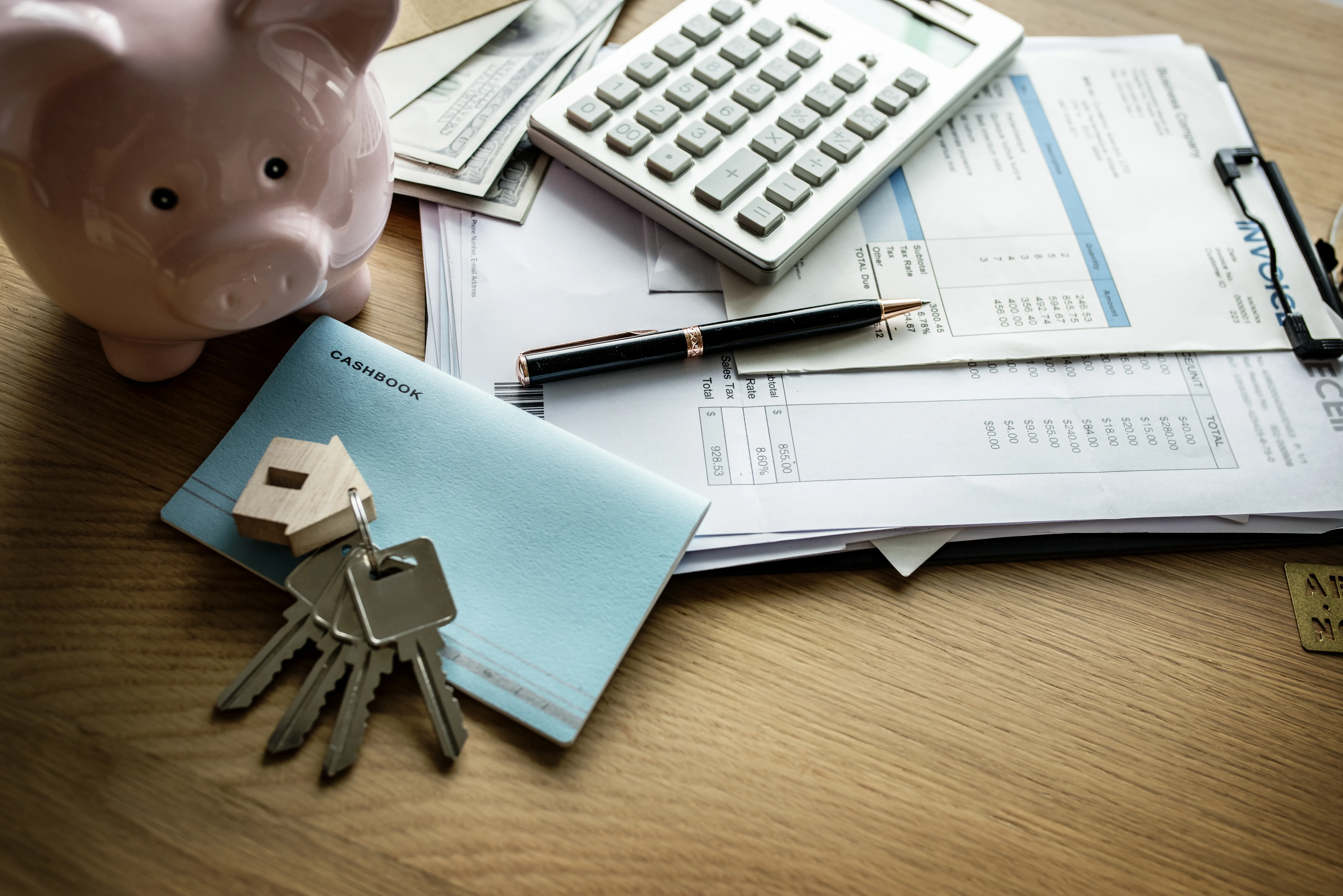Learn how to fill out a rent receipt, what details to include, and the legal requirements to ensure proper documentation for both landlords and tenants.

Whether you're a landlord collecting monthly payments or a tenant keeping track of your rent, accurate financial documentation is essential. A rent receipt isn’t just a simple piece of paper—it’s an important record that helps prevent disputes, supports tax filings, and ensures both parties stay on the same page.
In this guide, we’ll walk you through how to fill out a rent receipt, what details it should include, and how using a template can save you time and reduce errors.
Key Takeaways:
A rent receipt is a written record that confirms a tenant has paid rent to a landlord or property manager. While it may seem like a simple document, it serves an essential financial and legal purpose for both parties.
For Landlords:
For Tenants:
Rent receipts aren’t just paperwork—they’re a key tool in maintaining a smooth, documented, and professional lease arrangement for both sides.

For a rent receipt to be effective, it must include specific details that clearly document the transaction. This ensures both landlords and tenants have a reliable and accurate record of payment.
Here’s what every rent receipt should include:
When , including these elements ensures it's complete, professional, and legally useful. A well-written rent receipt protects both parties, improves clarity, and strengthens documentation in any rental agreement.
Simplify your rental business with Tofu’s invoicing app, and generate professional invoices quickly and accurately.
A properly filled-out rent receipt provides clear, traceable proof of payment for both landlords and tenants. Accuracy is key—mistakes or missing details can lead to confusion or disputes down the line. Follow these steps to ensure your rent receipt is complete and professional.
Start by listing the full names and contact details of both the landlord (or property manager) and the tenant. Include addresses if necessary. This clearly identifies who the payment is from and who it was made to.
Clearly enter the exact amount paid and the date the payment was received. This is essential for keeping accurate rent records and ensuring both parties agree on the timing and amount of the transaction.
Indicate the rental period the payment applies to (e.g., June 1–30, 2025). This helps avoid confusion, especially if a tenant is paying in advance or catching up on a late payment.
Include the method of payment (cash, bank transfer, check, etc.). If possible, have the landlord or property manager sign the receipt to officially confirm that the payment was received.
When it comes to making invoices or receipts, like rent receipts, you have two main options: use a template or create your own from scratch. The right choice depends on your workflow, how much customization you need, and how often you issue receipts.
Rent receipt templates are a fast and reliable option, especially if you want to save time and ensure all the essential details are included. Approximately 65% of landlords prefer using rent receipt templates because they save time and reduce errors by automatically including all required fields. If you're looking for a quick, no-fuss solution, a template is likely the best fit.
If you prefer full control over layout and content, creating a custom rent receipt might be the way to go. This approach gives you flexibility to tailor the receipt to your exact needs, branding, or unique property setup. Just make sure to include all the necessary information covered in the previous section.
Another key decision is choosing between digital and paper rent receipts. Each method has benefits and potential drawbacks, depending on how you and your tenants prefer to manage records.
Around 70% of property managers offer electronic rent payments. If you opt for digital receipts, make sure you have a reliable system in place, like a mobile invoicing app or email workflow. If you prefer paper, organize your physical copies in a secure location for easy access later.
Ultimately, the best method comes down to your personal or business needs. Whether you choose a template or custom layout—and whether you go digital or stick with paper—make sure the result is clear, complete, and consistent.
If you’re managing rental payments regularly and want to simplify the process, a mobile invoicing app like Tofu can help you generate professional on the go.
Create seamless invoices with Tofu, keeping your rental business organized and compliant with ease.
Rent receipt laws vary by state, so it’s important for landlords to understand the legal requirements in their area. Staying informed helps ensure compliance, build trust with tenants, and avoid unnecessary legal issues.
In some states, landlords are required to provide a rent receipt, especially for cash payments or when the tenant specifically asks for one. In Ohio, the state does not mandate rent receipts, but the city of Columbus does. Failing to provide one in these situations can put landlords at risk of legal disputes or fines.
Here’s a quick overview of rent receipt laws in a few key states:
If you're a landlord, understanding your local rent receipt laws is part of responsible property management. Even in states where it’s not legally required, providing rent receipts is still a best practice—it protects both you and your tenants by creating a clear, documented payment history.
Creating clear, professional rent receipts doesn’t have to be complicated. Whether you’re using a template or designing your own, the key is to include all essential details—payment amount, date, rental period, and signatures. This not only protects both landlords and tenants but also helps maintain accurate records for taxes and legal compliance.
Even if your state doesn’t require rent receipts, providing them is a smart practice that promotes transparency and builds trust.
But rent receipts are just one part of managing your rental business—and if you're still relying on manual methods, it might be time to upgrade your invoicing system.
If you're ready to go beyond spreadsheets, PDFs, and paper forms, the Tofu Invoicing App can help you level up your rental or service-based business.
Here’s what you get with Tofu:
Whether you're a landlord, freelancer, or service professional, Tofu gives you everything you need to create, send, and track invoices on the go. Start using Tofu today and simplify the way you get paid.
A rental receipt is a written document that confirms a tenant has made the payment for a specific amount of rent during a lease period. Landlords should issue rent receipts to provide proof of payment for rent, which is valuable for both legal protection and financial records. Tenants can use them for budgeting or as rent receipts for tax purposes, depending on their location.
In many states, landlords must provide a rent receipt under certain conditions, such as when the tenant pays in cash or specifically requests one. Even if it’s not legally required, it’s best practice to provide tenants with receipts to maintain transparency and a clear record of payments.
A rent receipt should include the landlord’s and tenant’s names, property address, amount paid, payment date, rental period covered, payment method, and landlord’s signature. Including these details ensures the receipt serves as reliable proof of payment.
Yes—landlords should always keep copies of rent receipts for their own records. These documents can be essential for resolving disputes, verifying income, and supporting rent receipts for tax purposes.
Absolutely. A well-documented rental receipt can act as crucial evidence in lease-related disputes or audits. If a tenant claims they made the payment and the landlord disagrees, having complete information on the receipt helps resolve the issue quickly. Rent receipts also serve as a paper trail for income reporting during tax season.
Stay on top of your payments with Tofu’s mobile invoicing app. Manage everything from one place.